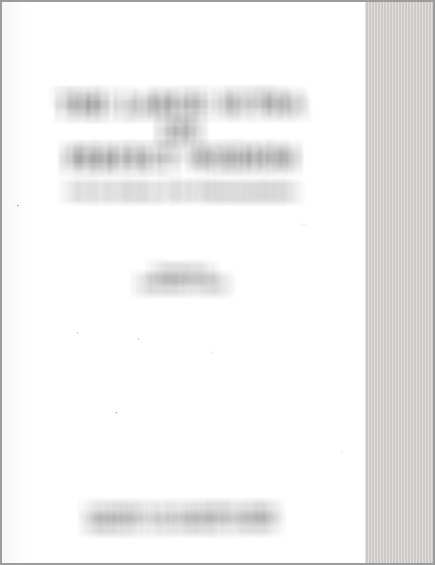Vinaya Pitaka (4): Parivara
by I. B. Horner | 2014 | 150,781 words | ISBN-13: 9781921842160
The English translation of the Khandhaka: the second book of the Pali Vinaya Pitaka, one of the three major ‘baskets’ of Therevada canonical literature. It analyses the rules from various points of view. The English translation of the Vinaya-pitaka (fourth part, parivara) contains many Pali original words, but transliterated using a system similar...
9. Exposition Of Reasons
Prv.9.1.1 BD.6.232 Founded on ten reasons a rule of training is laid down by the Tathāgata for disciples:[1]
- for the excellence of the Order,
- for the comfort of the Order,
- for the restraint of evil minded individuals,
- for the living in comfort of well behaved monks,
- for the control of the cankers belonging to the here-now,
- for the combating of the cankers belonging to a future state,
- for the benefit of non-believers,
- for the increase in the number of believers,
- for the maintenance of True Dhamma,
- for the furthering of Discipline.
That which is the excellence of the Order is the comfort of the Order. That which is the comfort of the Order is for the restraint of evil minded individuals. That which is for the restraint of evil minded individuals is for the living in comfort of well behaved monks … That which is for the maintenance of True Dhamma is for the furthering of Discipline.
That which is the excellence of the Order is the comfort of the Order. That which is the excellence of the Order is for the restraint of evil minded individuals … That which is the excellence of the Order is for the furthering of Discipline.
That which is the comfort of the Order is for the restraint of evil minded individuals … That which is the comfort of the Order is for the furthering of Discipline.
That which is the comfort of the Order is the excellence of the Order …
That which is for the furthering of Discipline is the excellence of the Order … That which is for the furthering of Discipline is for the maintenance of True Dhamma.
A hundred meanings,[2] a hundred clauses, and two hundred expressions,
BD.6.233 Four hundred knowledges are in the exposition of the “reasons”.
Concluded is the Exposition of the Reasons
Concluded is the Great Division[3]
Its Summary
At first there are eight for questions,[4]
and eight again in the conditions,[5]
These are sixteen for monks and sixteen for nuns. /
Consecutive repetitions,[6] Synopsis,[7]
and also the Gradation,[8]
Invitation[9] and about the reasons:
the classification of the Great Analysis. /
Footnotes and references:
[2]:
Vin-a.1346f. says “every beginning word (mūla) of these ten words (pada), from its tenfold linking (with the other words) is called ‘a hundred words’ (padasata). There are a hundred meanings (attha) on account of each later word, and a hundred clauses (dhamma) on account of each earlier one … A hundred expressions (nirutti) on account of expressions for illuminating the meaning, a hundred expressions on account of expressions for the truth of the clauses (dhammabhūtānaṃ) (make) two hundred expressions. In the two hundred meanings are a hundred knowledges, in the hundred clauses are a hundred knowledges, in the two hundred expressions are two hundred knowledges—so four hundred knowledges are to be found.”
[3]:
Vin-a.1347 takes this to mean “the Commentary on the Mahāvagga”. The Mahāvagga is at Vin.1.1–360; its Commentary occupies the whole of Commentary Vol. V. But the uddāna that now follows refers to all the Parivāra material up to here, except there is no catch-word for the short Chapter V.
[6]:
[7]:
[8]:
